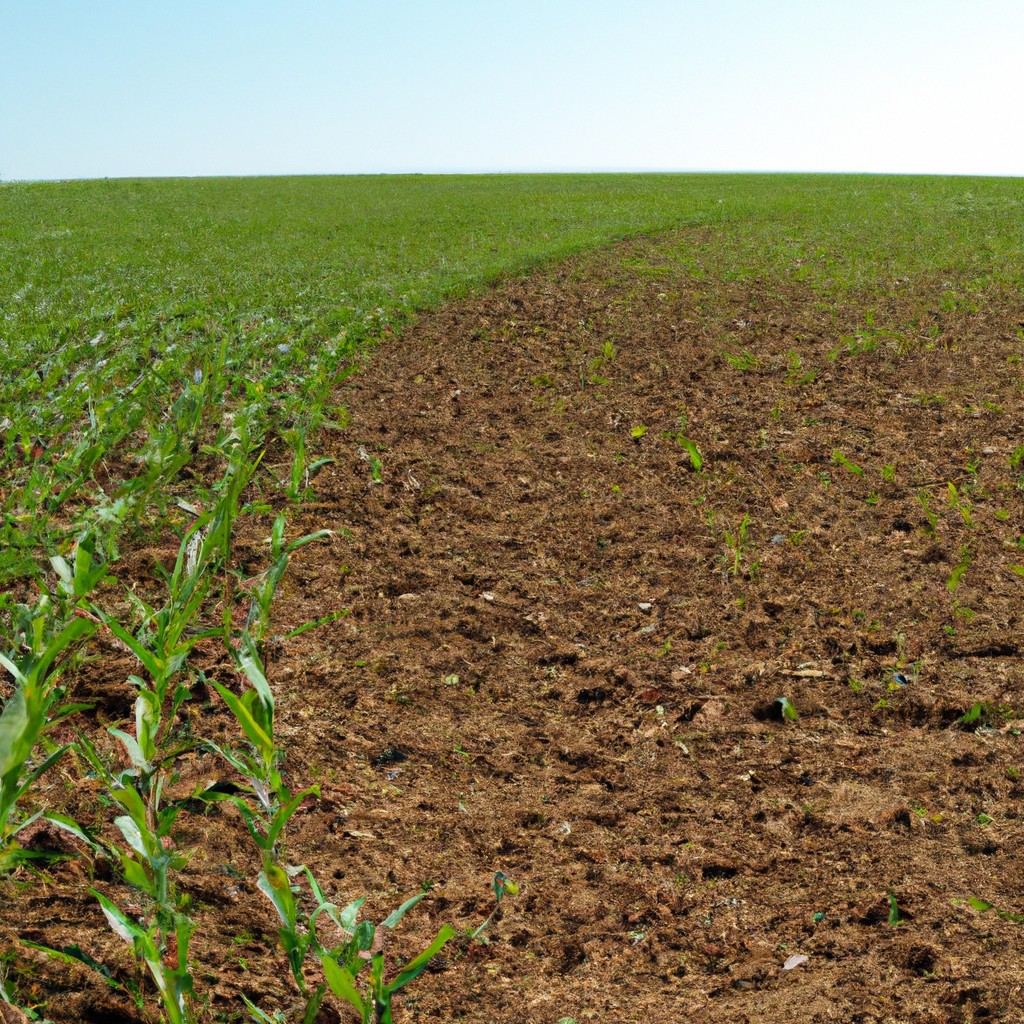Agriculture impacts climate change significantly through greenhouse gas emissions, land use, and energy consumption; this article explains these effects and how farming practices can evolve to mitigate them.
Look Inside:
Greenhouse Gas Emissions From Agriculture

Agriculture’s role in climate change isn’t just a plot twist in a farmer’s daily soap opera; it’s a real deal with genuine effects. For starters, think about that tractor humming through the field. While it’s doing a fantastic dance with crops, it’s also spewing out carbon dioxide faster than a soda bottle shook at a picnic. And those fertilizers that help plants grow? They’re like that one guest who brings too much to the party, contributing excessive nitrous oxide to the atmosphere.
Then there’s the issue with soil management practices—or sometimes the lack of them—which can lead to increased carbon release. It’s almost as though the soil is throwing its stored carbon into the air like confetti in a surprise party gone wrong.
So, while agriculture keeps our plates filled, it also adds some unwanted ingredients to our climate recipe by increasing the levels of certain greenhouse gases. Think of it as nature’s way of saying, “Let’s balance the menu a bit, shall we?”
Deforestation for Agricultural Expansion
As forests get chopped down to make way for new farms, we lose more than just trees. The soils left behind are often less capable of absorbing carbon, turning these areas from carbon sinks to carbon sources. This change contributes directly to increased atmospheric CO2 levels. Here’s how the process often unfolds, with a dash of humor to keep things light:
– Say goodbye to trees: Trees act as carbon storage champs, and when they’re gone, all that stored carbon is released into the atmosphere. It’s the not-so-magic disappearing act!
– Hello, sunlight: Without tree cover, the ground absorbs more sunlight, meaning more heat sticks around instead of being absorbed by the forest canopy. It’s nature’s unwanted sauna.
– New boss, same as the old boss: When the new agricultural land is less efficient at carbon capture than the forest it replaces, it’s like hiring a typewriter to do a computer’s job.
While the increase in land for agriculture can lead to more food production, the environmental trade-off is a significant challenge in the climate change saga.
Methane Production From Livestock
Cows and other ruminant animals have a unique digestive system that turns grass into burps, delivering a potent greenhouse gas: methane. This fun digestive magic trick unfortunately contributes significantly to global warming. As they break down tough plant material, microbes in their stomachs produce methane as a byproduct, which is then released into the atmosphere.
It’s not just about the burping cows though. The more livestock we raise, the more methane gets released. This has pushed scientists and farmers to scratch their heads for solutions that can help reduce these emissions. Some suggest tweaking animal diets to include additives like seaweed, which has been shown to cut down on methane production.
Moreover, improving waste management practices on farms can also make a difference. By handling manure more effectively, we can prevent methane from escaping into the air during storage and treatment. This means turning those waste challenge into an opportunity for biogas production — kind of like recycling, but with poop.
These strategies showcase that while livestock might be the methane magicians in agriculture, innovative practices and dietary changes can help put a lid on their tricks, reducing their impact on climate change.
Adaptation Strategies for Sustainable Agriculture
Farmers around the globe are turning to innovative methods to reduce the environmental footprint of agriculture, ensuring food production goes hand in hand with climate health. These strategies include:
– Crop diversification can be a game-changer. Planting a variety of crops can improve soil health and biodiversity, which in turn, increases resilience to climate change.
– Conservation tillage reduces the number of times fields are tilled. Less tilling preserves soil structure, enhances water retention, and reduces soil erosion—all of which capture carbon and lower greenhouse gases.
– Improved irrigation techniques such as drip irrigation conserve water and reduce methane emissions from flooded fields, especially in rice cultivation.
These practices not only contribute to a healthier planet but also pave the way for future farming generations to thrive in a changing climate.
Policy Measures to Mitigate Agriculture’s Impact On Climate
Governments and international bodies aren’t just sitting ducks when it comes to climate change. They’ve got a few tricks up their sleeves, and yes, they’re as green as you’d hope! Implementing carbon pricing mechanisms makes releasing greenhouse gases more of a wallet-drainer for farms. This can incentivize more environmentally friendly practices.
Then there’s the fun of giving out grants and subsidies. Who doesn’t like free money? Especially when it’s for a good cause! These funds help farmers adopt sustainable technologies, from energy-efficient machinery to renewable energy sources like solar panels on barn roofs.
And let’s not overlook the charm of zoning laws and land-use regulations. These aren’t just bureaucratic red tape. They guide where and how farming happens, preventing deforestation and habitat loss. Preserving our forests means keeping our air cleaner—talk about a breath of fresh air!
Finally, consider the power of education and public awareness campaigns. Knowledge is power, right? By showing farmers and the public the impact of traditional farming on the planet, we pave the path to a greener agriculture.




